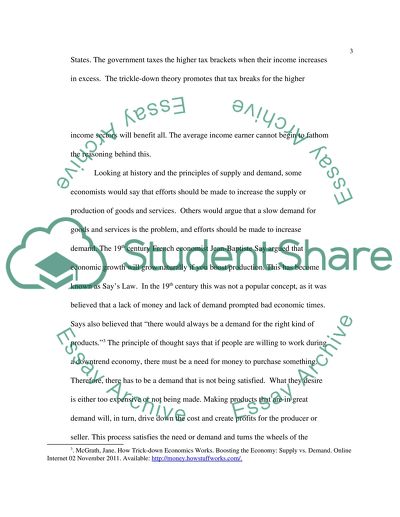Cite this document
(“Are Trickle-Down Economics a Viable Theory in Today's Economy Research Paper”, n.d.)
Retrieved de https://studentshare.org/english/1435063-none
Retrieved de https://studentshare.org/english/1435063-none
(Are Trickle-Down Economics a Viable Theory in Today'S Economy Research Paper)
https://studentshare.org/english/1435063-none.
https://studentshare.org/english/1435063-none.
“Are Trickle-Down Economics a Viable Theory in Today'S Economy Research Paper”, n.d. https://studentshare.org/english/1435063-none.


